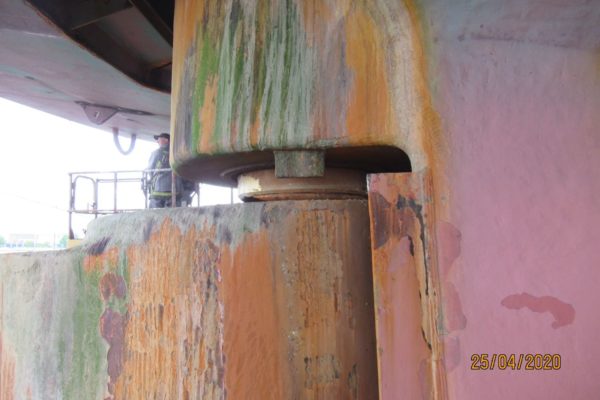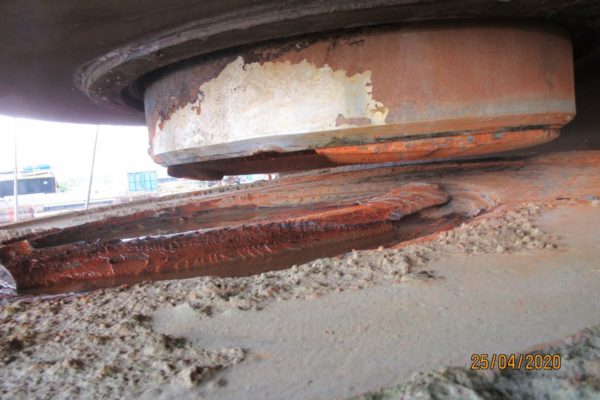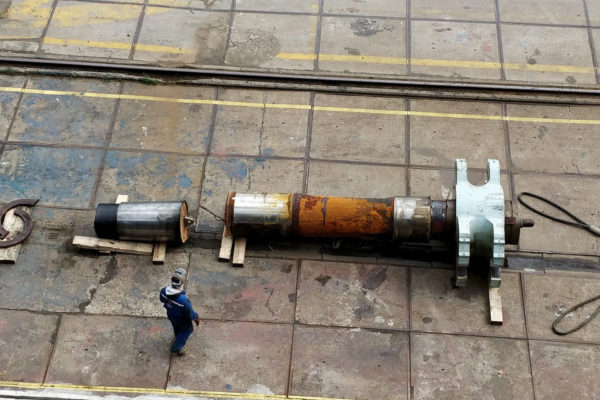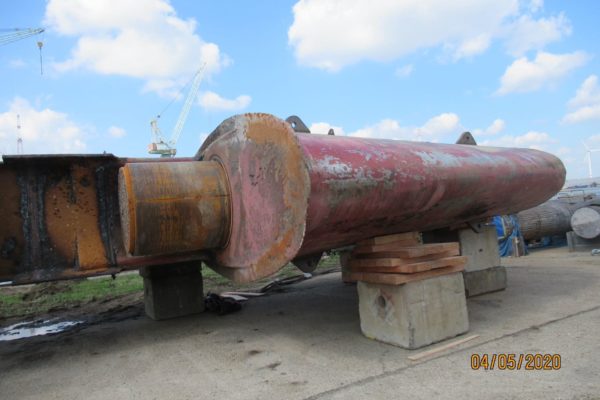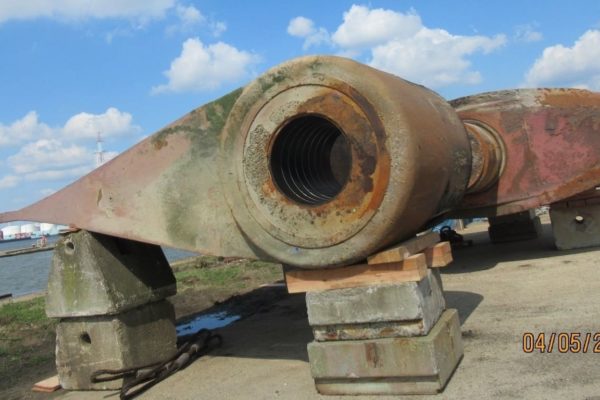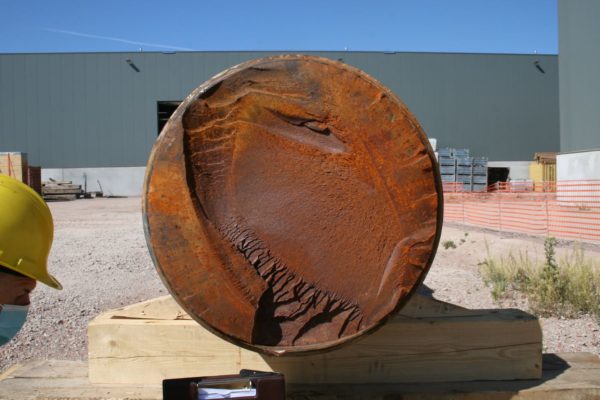A 997-foot-long vessel, on completion of her cargo operation, departed the port of Freeport in Bahamas, in laden condition planned en route to Le Havre, France, to partially discharge her cargo. During sea passage, bridge alarm ‘off course’ activated on the steering station, showing vessel slightly turning to port.Testing of the steering was performed with satisfactory results, showing the ordered values on the steering wheel matching with the steering indicator. Also visual check was carried out in the bridge and steering room; in the steering gear room everything was found in order. The pumps were turning the shaft of the rudder as per order from the bridge, but the vessel was always turning to starboard. Master with Chief Engineer went to poop deck to inspect the rudder. Order was given hard to port, engine was started, but the sea water was always flushing just normal behind the vessel, without water deviation on side as should have to. The decision was taken to tow the vessel from her last position to Antwerp in order to discharge her cargo and afterwards to be shifted to shipyard for repair in dry-dock. The vessel navigated towards Antwerp self-propelled with the rudder temporary fixed by the ropes and the tug adjusting the course. The vessel sustained damage to her rudder stock which was clearly broken in lower part which dropped down about 30 cm on the pintle. The repairs cost was about USD 7,000,000 including the general Average.
We came to conclusion that the fracture of the rudder stock is due to bending fatigue due to a soft grounding. During our attendances, we were able to assess that the chock-fast, holding the pintle bearing in place, had completely gone. Therefore, even if the clearance between the pintle bearing and the pintle was within tolerances,
The entire bearing was loose in the casting. This has, indeed, caused the waving of the rudder blade, with excessive clearance at the pintle, resulting in extra stresses on the upper (neck) bearing. Therefore, possibly the causa proxima could be extra stresses generated by the excessive clearance of the pintle bush in the casting. The loss of chockfast will most likely have been caused by a shock or external force exerted on the lower part of the rudder blade, which may have caused the chock-fast to crack / break, and disintegrate over a few weeks or months, every time the rudder was moving. This might well be the causa causans. This shock or extra force could have been caused by a soft grounding and resting on the rudder. As there were no traces of impact on the rudder blade or the propeller blades, we must exclude impact of an object.

